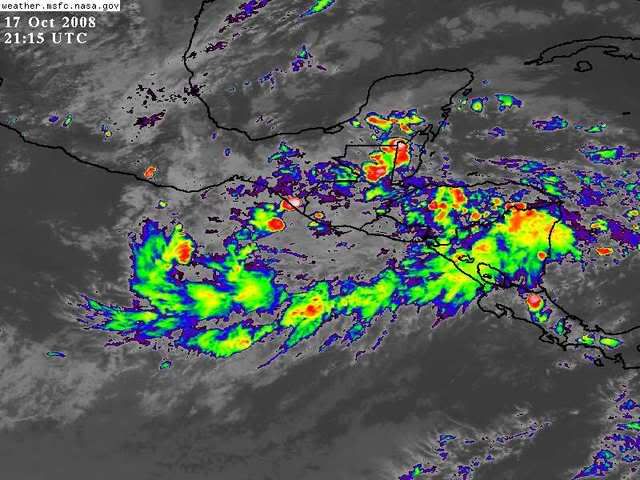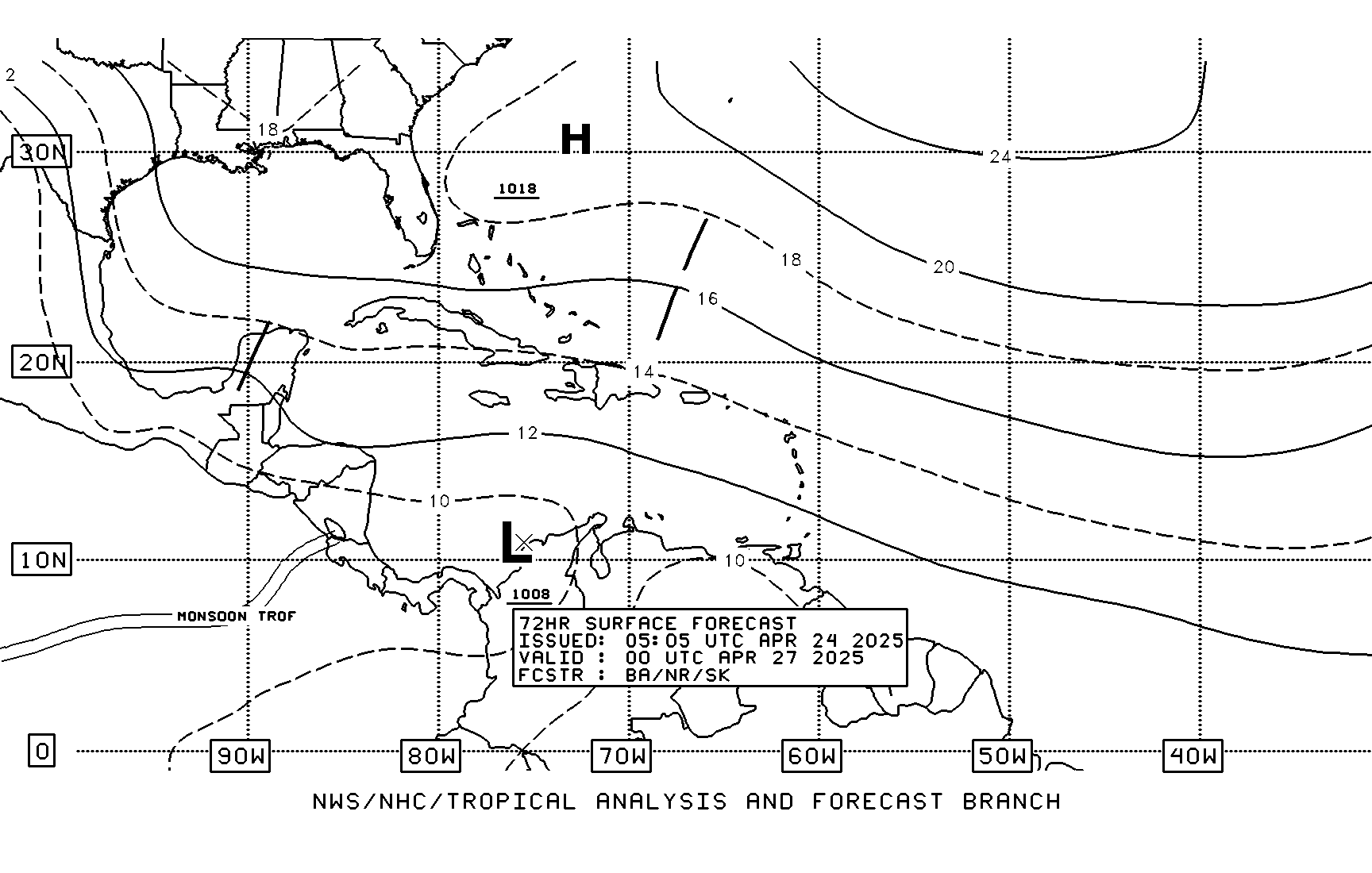#37 Postby MiamiensisWx » Sat Oct 18, 2008 8:42 am
It's quite plausible that the operational GFS is incorrect, as I have suspected that may be the case. Regardless, the operational GFS has gradually strayed from its original set-up in yesterday's 06Z run. In this case, the alterations make more sense because of the current pattern evolution. Originally, the operational GFS depicted a less amplified/more progressive 250-300 mb upper low (and associated vorticity maximum) over southeastern Canada, which contributed to a stronger 250-500 mb ridge to the SW; this resulted in a deeper upper low over the southern Plains. However, subsequent runs have caught on to the upcoming pattern change (including a weaker Pacific jet and -NAO set-up), so the upper low over the Canadian Maritimes lingered longer. As a result, the ridge to the SW and the upper low over the Midwest was weaker in recent runs. The implications are significant for any TC that enters the southern/SE Gulf of Mexico during the time frame.
The original set-up depicted by the operational GFS (06Z on October 17, 2008) showed wind vectors that were more backed (SSW) over the eastern Gulf of Mexico, unlike later runs. The pattern in the run suggested that any TC would take a path NE across southern Florida (like Isbell 1964). The orientation of the wind vectors (SSW) would have provided an excellent poleward outflow channel for an accelerating TC moving from SW/SSW to NE/NNE, and the fast movement/translational velocity of the TC would have reduced shear on the back side. In this situation, a TC would likely intensify over the SE Gulf of Mexico, as seen with Wilma 2005. It all depends on the speed of the TC and the orientation of the mid/upper level wind vectors in relation to the track of the TC.
Recent runs (as mentioned) have transitioned to more realistic solutions, which depict westerly wind vectors over the GOM and a flatter/weaker subtropical ridge over the Caribbean. In this scenario, any TC would be moving farther north, and the westerly/west-northwest wind vectors would induce considerable shear over the TC as it moves from SSW to NNE. Overall, if anything develops and (likely) moves toward the Florida peninsula/eastern GOM, it is very unlikely that it will exceed weak/moderate TS status, and it may likely evolve as a hybrid type system. There is a big difference between a strong TS/hurricane/major hurricane (especially if it is intensifying) and a stable/weakening weak/moderate TS. This event will not be a big issue if it even develops, in my view.
Overall, this event may provide some necessary precipitation before we enter the dry season (without strong winds of 55-60 kt or greater). The window for systems to affect the CONUS (and Florida) rapidly closes after October 25, so the clock is ticking.
The "season" for the CONUS may be over after this one, pending an anomalous strike in November...
0 likes















